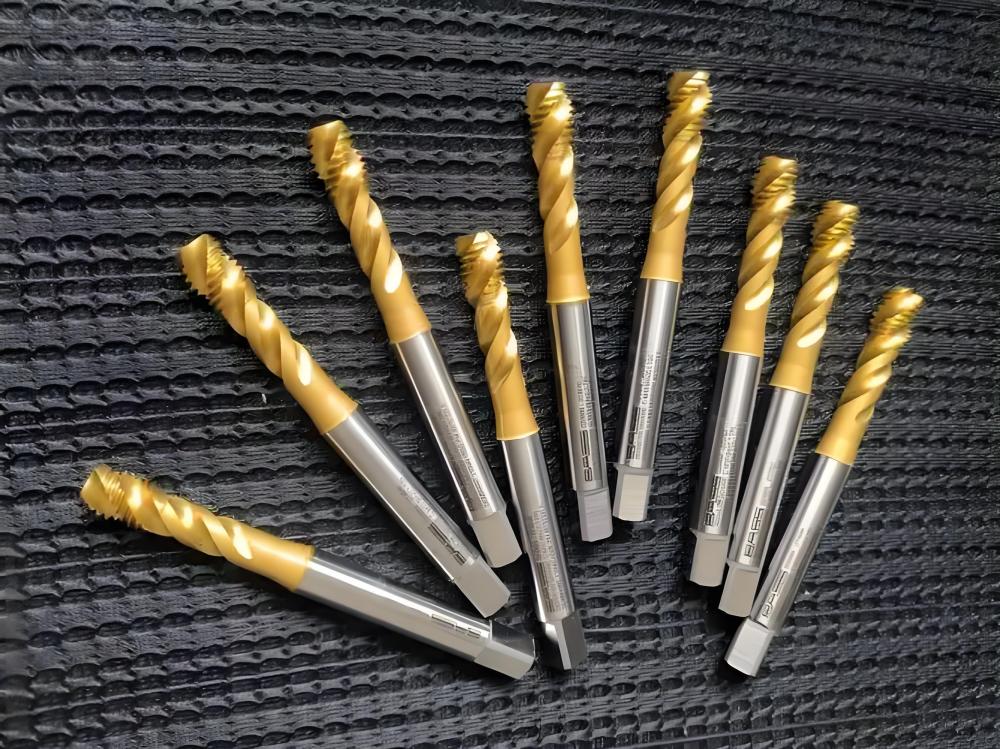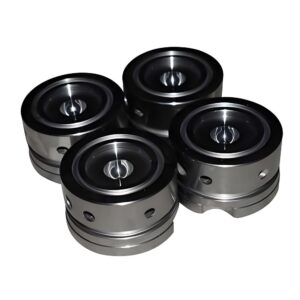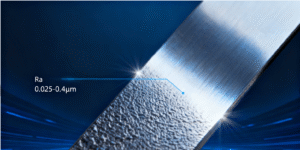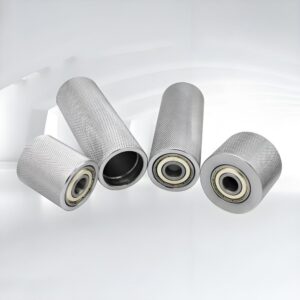Threading is a cornerstone of modern manufacturing, enabling engineers and machinists to create secure and accurate screw threads on various components. The right threading tools ensure not only precision but also efficiency and longevity in production. This article explores the different types of threading tools, their materials, performance factors, maintenance, and tips for selecting the ideal tool for any project.
What Are Threading Tools?
Threading tools are specialized instruments used to cut or form threads on a workpiece. These threads can be internal, like those found in nuts, or external, like threads on bolts and screws. Threaded connections are essential in industries ranging from automotive and aerospace to electronics and general manufacturing.
These tools are engineered for precision, allowing machinists to produce consistent threads that meet strict tolerances. Threading tools can be used manually or on computer-controlled machinery such as CNC lathes, depending on the project’s complexity and production volume.
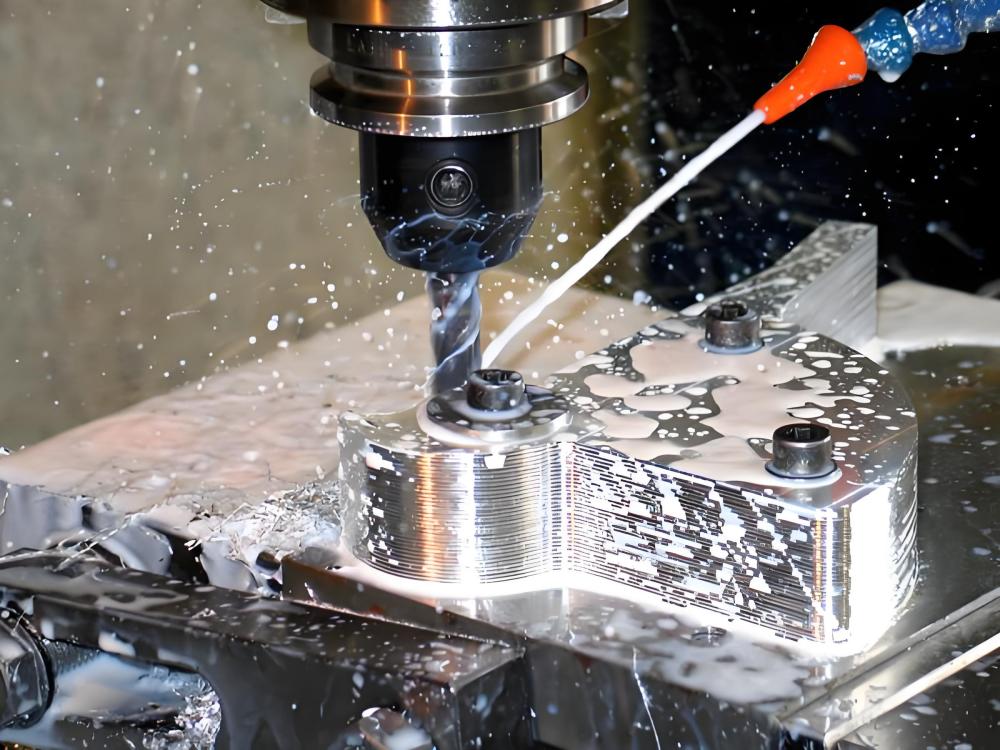
Choosing the right threading tool impacts the quality of the final product, reduces material waste, and prolongs tool life, making it a critical decision in any machining operation.
Common Types of Threading Tools
Threading tools vary widely to suit different applications and materials. Here are the most commonly used types:
Taps
Taps are cutting tools for creating internal threads in holes. They come in taper, plug, and bottoming designs, each suited for specific thread depths and materials. Taps are commonly used in metalworking, plastics, and even composite materials.
Dies
Dies are used to cut external threads on rods, bolts, and shafts. They may be adjustable or fixed and are typically employed in applications requiring cylindrical threading.
Threading Inserts
Threading inserts are replaceable cutting tips used in CNC machinery. They offer high precision and efficiency while minimizing costs, as only the insert needs replacing rather than the entire tool.
Thread Mills
Thread mills are ideal for both internal and external threads on CNC machines. They can create multiple thread sizes with a single tool and provide excellent accuracy and surface finish.
Single-Point Threading Tools
Single-point threading tools, used on lathes, allow for precise threading of custom or non-standard threads. They require skillful operation but are highly versatile for specialized projects.
Understanding these types helps machinists choose the right threading solution for each task, ensuring efficiency and precision.
The Material and Selection of Threading Tools
The performance and durability of a threading tool largely depend on its material. Common materials include:
- High-Speed Steel (HSS): Offers toughness and heat resistance, suitable for general-purpose threading on a range of metals.
- Carbide: Extremely hard and durable, ideal for high-speed machining and tough metals like stainless steel.
- Cobalt Alloys: Provide excellent heat and wear resistance for demanding applications.
- Coatings: Titanium Nitride (TiN), Titanium Carbonitride (TiCN), and Aluminum Titanium Nitride (AlTiN) coatings reduce friction, increase tool life, and improve cutting efficiency.
Selecting the right tool material requires considering workpiece hardness, machining speed, production volume, and precision requirements. Softer metals may only need HSS tools, while harder metals often benefit from coated carbide tools.
Factors Influencing the Performance of Threading Tools
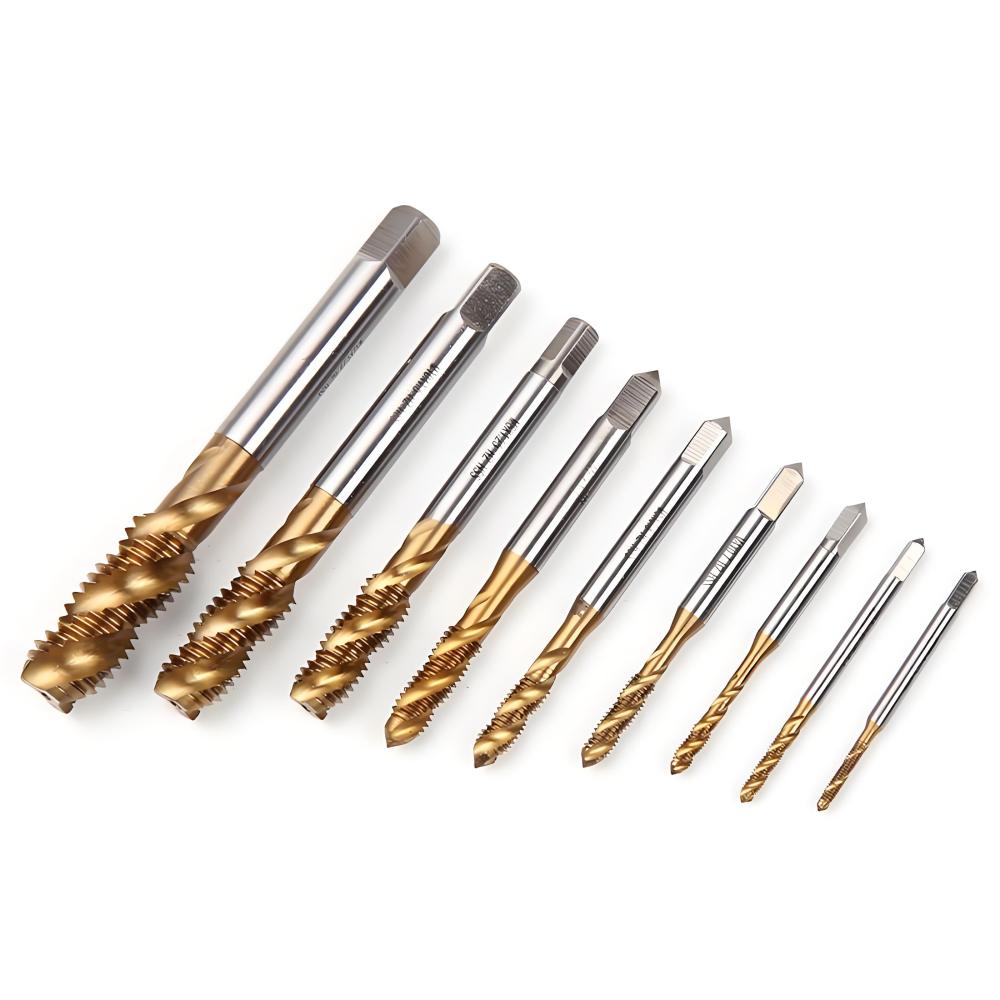
Several factors can affect how well threading tools perform:
- Cutting Speed and Feed Rate: Proper adjustment ensures consistent threads and reduces tool wear.
- Workpiece Material: Different metals and composites respond differently to threading forces.
- Tool Geometry: Tool angles, radii, and threading pitch directly affect thread quality.
- Cooling and Lubrication: Cutting fluids reduce heat and friction, extending tool life.
- Machine Condition: Stable, well-calibrated machines produce more precise threads and reduce tool damage.
Considering these factors helps manufacturers achieve reliable results and prolong tool life.
Threading Tools Maintenance and Usage Tips
Maintaining threading tools and using them correctly is essential for long-term performance:
- Clean After Use: Remove chips, debris, and coolant to prevent wear.
- Sharpen Cutting Edges: Regular sharpening maintains thread quality.
- Use Proper Lubrication: Reduces friction and heat, especially when threading metals prone to heat buildup.
- Store Properly: Keep tools in protective cases or racks to prevent damage.
- Handle With Care: Avoid dropping or misaligning tools, which can lead to uneven threads.
Routine maintenance and careful usage increase tool life, improve thread quality, and reduce production delays.
How to Select the Appropriate Threading Tools for Your Project
Choosing the right threading tool requires evaluating several aspects:
- Thread Type and Size: Determine if internal or external threads are needed and identify the thread standard, such as metric or UNC/UNF.
- Workpiece Material: Select a tool material and coating suitable for the hardness and type of material.
- Machine Type: Decide if threading will be performed manually, on a lathe, or using CNC machinery.
- Production Volume: High-volume production benefits from carbide inserts or specialized threading tools for efficiency.
- Precision Requirements: Critical applications may require coated or high-precision tools for superior thread accuracy.
By analyzing these factors, machinists can select tools that improve efficiency, reduce material waste, and deliver precise results consistently.
Precionn: Trusted Partner in Precision Machining
Precionn specializes in precision machining solutions, offering high-quality threading tools designed for industrial applications worldwide. With a focus on durability, efficiency, and accuracy, Precionn provides a comprehensive range of threading tools, from standard taps and dies to advanced CNC threading inserts.
Committed to innovation and excellence, Precionn helps clients achieve optimal results across a variety of machining projects. Whether producing high-volume industrial components or custom parts, Precionn ensures reliable tools and expert support for every threading operation.

